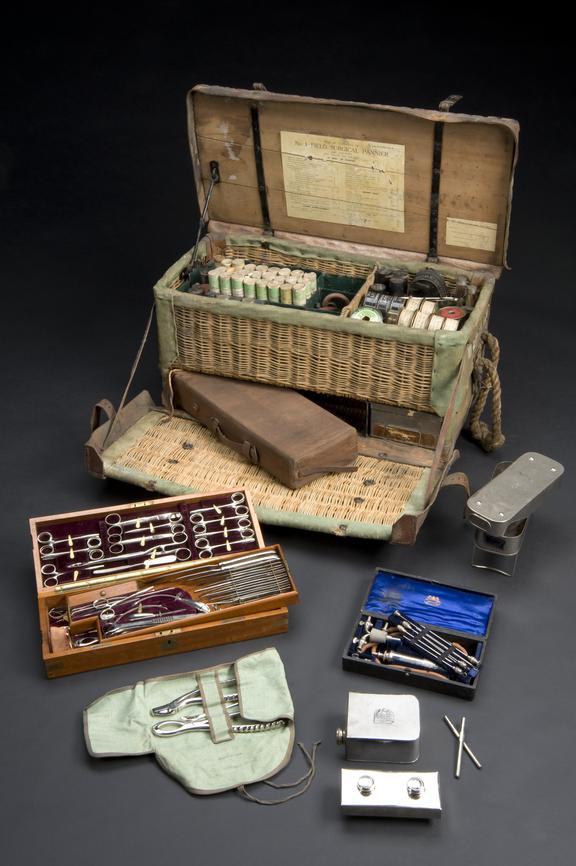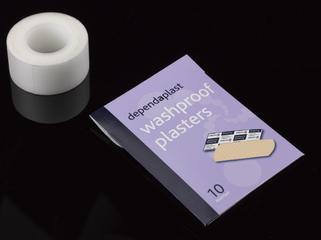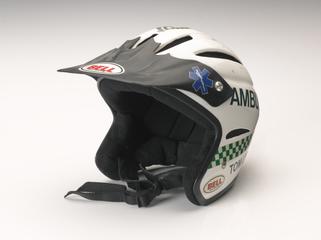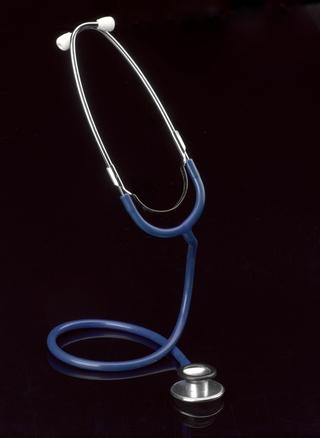Spencer Wells-type forceps
16 pairs of Spencer Wells type artery forceps, by Mayer and Meltzer, London, 1905 pattern but for use during the First World War, 1914-1918
More
Artery forceps are used to control bleeding from blood vessels by clamping down on the artery. A locking mechanism at the handle keeps them in place. Helped by surgical instrument makers, surgeons developed their own tools, often naming them after themselves. Thomas Spencer Wells (1818-1897) was an English surgeon who became surgeon to Queen Victoria between 1863 and 1896. He developed the rachet locking mechanism holding the forceps in position. His second design had shorter jaws to increase compression and were ridged to improve grip. By being held closed, they could also not get trapped in the body's tissues or muscles. Prior to Spencer Wells' designs, an assistant had to hold the forceps closed. The number of them in this kit is a testament to how popular they were and still are today.






